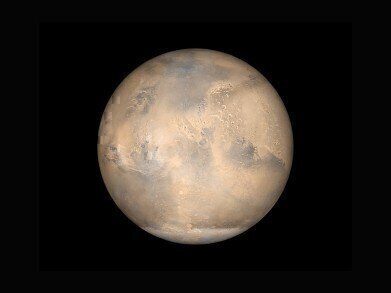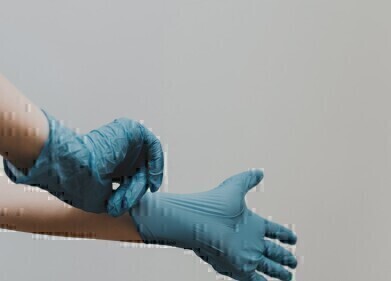Hazardous Waste
Have We Contaminated Mars Already?
Mar 09 2016
One of the biggest breakthroughs in terms of understanding the composition of the planet Mars was quickly followed by another sizable challenge late last year. After discovering recurring slope lineae (RSL) on the surface of the red planet, scientists were able to confirm that it was almost definitely causing by running water, answering an age-old question about the existence of flowing rivers on Mars.
However, in order to analyse the RSL more thoroughly to learn about the water supplies, NASA must be careful not to contaminate it with bacteria or microorganisms from Earth. This, in itself, represents a whole new challenge for the boffins to ponder.
Curiosity Killed the Contamination
By a stroke of luck, NASA already have their finest probe in a fortuitous position to further examine the RSL. The Curiosity Rover, a top-of-the-range piece of machinery sent to Mars to capture some of the first colour photographs on the surface of the planet, is located a mere 30 miles from an area earmarked as most promising for analysis.
However, there’s a fly in the ointment – scientists disagree over whether the Curiosity would be clean enough to perform the necessary investigations without contaminating the very sources it sought to analyse.
On the one hand, there are a body of scientists (led most notably by the director of NASA's planetary science division, Jim Green) who believe that the ultraviolet rays which hit the surface of the planet would be strong enough to destroy any lingering microorganisms which the Curiosity could have potentially brought with it from Earth.
However, due to our limited knowledge of the atmosphere and surface composition of Mars, such a hypothesis is exactly that – a hypothesis. Indeed, other research has raised the possibility that the accumulation of dust on the surface of Mars could actually have worked to facilitate the survival of the microbes, thus meaning they are all still very much active. As such, there has been extensive debate over whether or not the Curiosity is fit for the mission.
Leave no Trace
The Committee for Space Research – the regulatory board in charge of such matters – has placed very strict regulations upon landers and probes travelling to new planets in search of life, for obvious reasons. It would be a disaster were an exploratory extra-terrestrial probe to contaminate other atmospheres with germs and bacteria unique to Earth.
For this reason, it’s possible that Curiosity will not be used in the investigation at all. Instead, a joint venture between Russian and European space agencies is being planned for 2018, when a sterile probe is expected to drill into Mars. This could provide the failsafe contingency plan that Curiosity may not be able to.
In other news, a recent simulated mission to Mars analysed how a manned mission might affect the local atmosphere through the emission of waste gases. The study, which focused mainly on how the crew would cope on the remote planet, gained valuable insight into how the gases could be channelled and used as a fuel source, as well as the effects they would have on the crew and the surrounding environment.
Events
IWA World Water Congress & Exhibition
Aug 11 2024 Toronto, Canada
Aug 25 2024 Stockholm, Sweden and online
Sep 03 2024 Mexico City, Mexico
Sep 03 2024 Mexico City, Mexico
Sep 03 2024 San Diego, CA, USA














